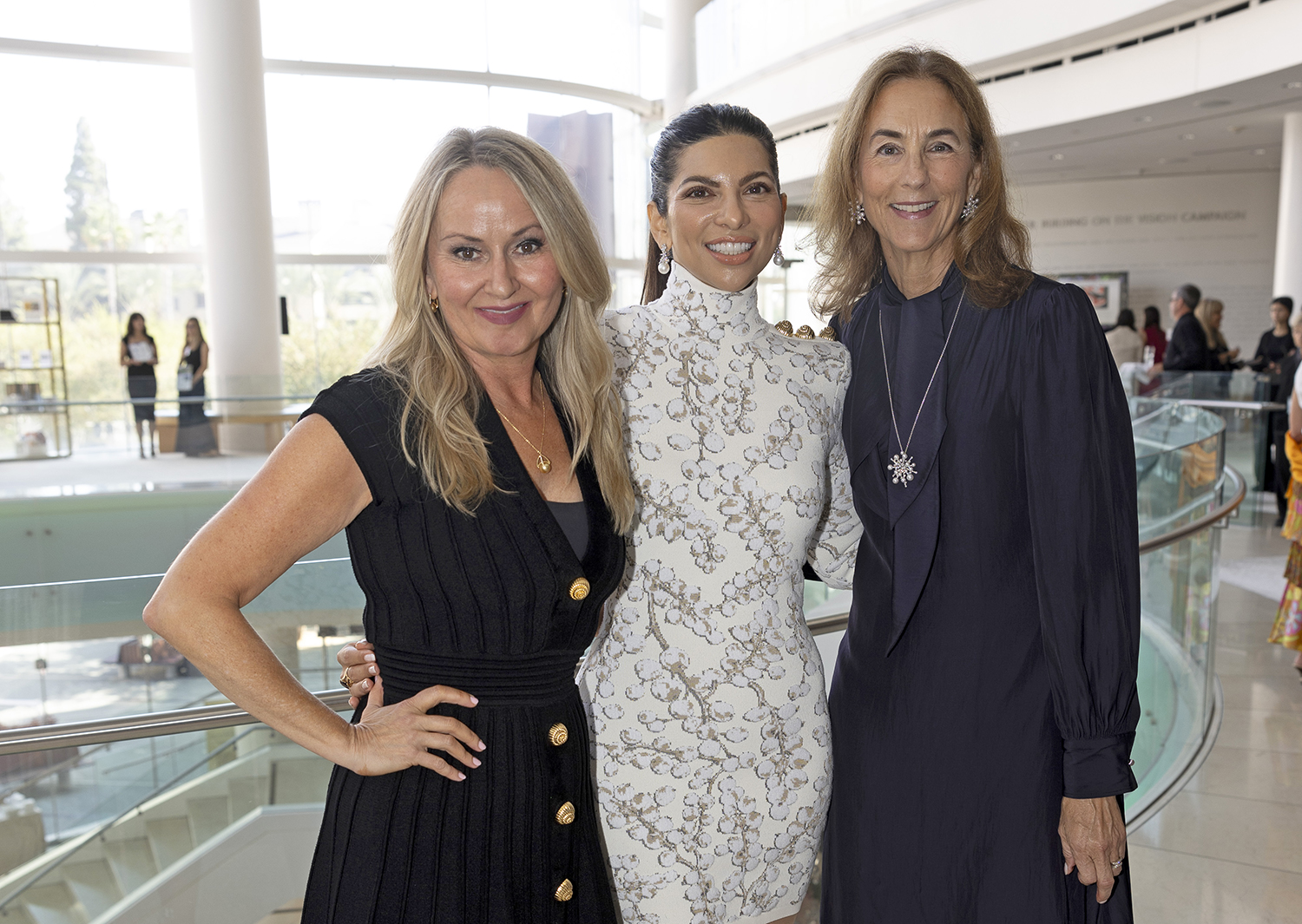Bussiness
Diverse Segments Represent Business Growth: Are CMOs Investing Accordingly?

As we approach the second half of the year, most companies in America start assessing how realistic their current-year business projections are and plan for the coming year accordingly. The macroeconomic scenario is still unclear, with many consumers feeling caught between high interest rates and the consequences of inflation, which persists in several aspects of consumers’ lives, including housing and other essential services.
In this complex environment, brands are facing the challenge of achieving sales growth without relying primarily on price increases, as they are dealing with a more inflation-wary consumer, which leaves brands facing an important question that is looming in the minds of boards of directors, C-suites, and financial analysts are probably the same – where can brands find new incremental growth?
A possible answer could come from diverse segments. According to the latest U.S. Census report, Hispanic, African American, and Asian American consumers already represent 100% of the country’s population growth. Now, more than ever, they also represent a significant share of business growth for several categories.
To investigate this topic further, I examined aggregated expenditure data from the U.S. Bureau of Labor Statistics, comparing the fourteen categories and more than seventy sub-categories broken down by ethnicity. The results were astonishing. According to the data, between 2017 and 2022, the country’s total annual aggregate spending per household increased from US$7.8 trillion to approximately US$9.8 trillion, a 25% increase.
However, when you break down this result by ethnic group, you observe that the combined diverse segment had a 42% increase, more than double the rate of the non-Hispanic white segment, which grew only 19% in the same period.
Regarding household purchasing power, the Hispanic segment grew 46% to $1.3 trillion; the African American consumer segment grew 35% to US$1.0 trillion; and the Asian American segment grew 47% to US$0.7 trillion.
According to the data, the three diverse segments combined represented 26% of America’s household purchasing in 2017—and in 2022, this number reached 30%.
The survey from the U.S. Labor of Statistics covers fourteen categories: Food, Alcoholic Beverages, Housing, Apparel and Services, Transportation, Healthcare, Entertainment, Personal Care Products and Services, Reading, Education, Tobacco Products and Smoking Supplies, Miscellaneous, Cash Contributions, and Personal Insurance and Pensions.
The share of diverse segments’ contribution to the category’s aggregate expenditure between 2017 and 2022 was higher in every category. One of the most fascinating aspects of this analysis is the share of growth between the three diverse segments.
In all but one category (education), the diverse share of growth outpaces their fair share index, i.e., the percentage of diverse households in America, which, according to the same database, was 33% in 2022.
Below is the breakdown of the share of growth coming from diverse segments. It should be noted that when the number is above 100%, it means that there was no growth outside of the diverse segments between 2017 and 2022:
- Food + 52%
- Alcoholic Beverages + 106%
- Housing + 40%
- Apparel + 115%
- Transportation + 50%
- Healthcare + 36%
- Entertainment + 41%
- Personal Care + 62%
- Reading + 84%
- Personal Insurance + 41%
Looking at these numbers, one may feel that CMOs are eager to capitalize on demographic trends and heavily invest in capturing the lion’s share of this boom. Investors will be disappointed to hear that most CMOs in America still see diverse segments as an extension of what used to be called “the General Market.”
So far, these marketers have relied on single ideas and executions that aim to reach all consumers under the most efficient plan. However, reaching diverse consumers doesn’t mean connecting with them. Despite an efficient plan, marketers may not be able to maximize the effectiveness of their marketing budgets.
But how should a marketer approach this marketplace? First, by assuming that the new consumer market paradigm is less homogeneous, requiring a balanced mix of programs and messages that combined being inclusive, i.e., they cater to a broad public, bringing elements of a more diverse consumer segment mixed, complemented with an intentional cultural specific approach, with ideas that can provide a more in-depth connection based on cultural nuances.
This mix can be based on alternating calendar windows, like for instance, picking a few windows where a specific message may yield a more substantial ROI when compared to a generic one, and smartly using your channel mix to amplify culturally relevant messages by leveraging influencers, social media, brand acts, and digital channels.
There’s a significant business risk in ignoring that diverse consumers, mainly the ones of the new generation (Gen Zers and Gen Alphas), want to be seen by brands by their whole identity, which includes a strong sense of ethnic pride and belonging.
Moreover, and concerningly, only a few brands understand the significant influence of diverse segments in shaping culture in America in areas such as music, fashion, food, sports, language, or entertainment.
It’s time for marketers (and their bosses) to put their money where their mouths are, or in this case, their marketing investments where growth is and will continue to be for years to come. Relevant growth can only be achieved with substantial understanding and investments in diverse consumer segments. Ignoring this may dictate the difference between the new market leaders and losers. Which side will you pick?








